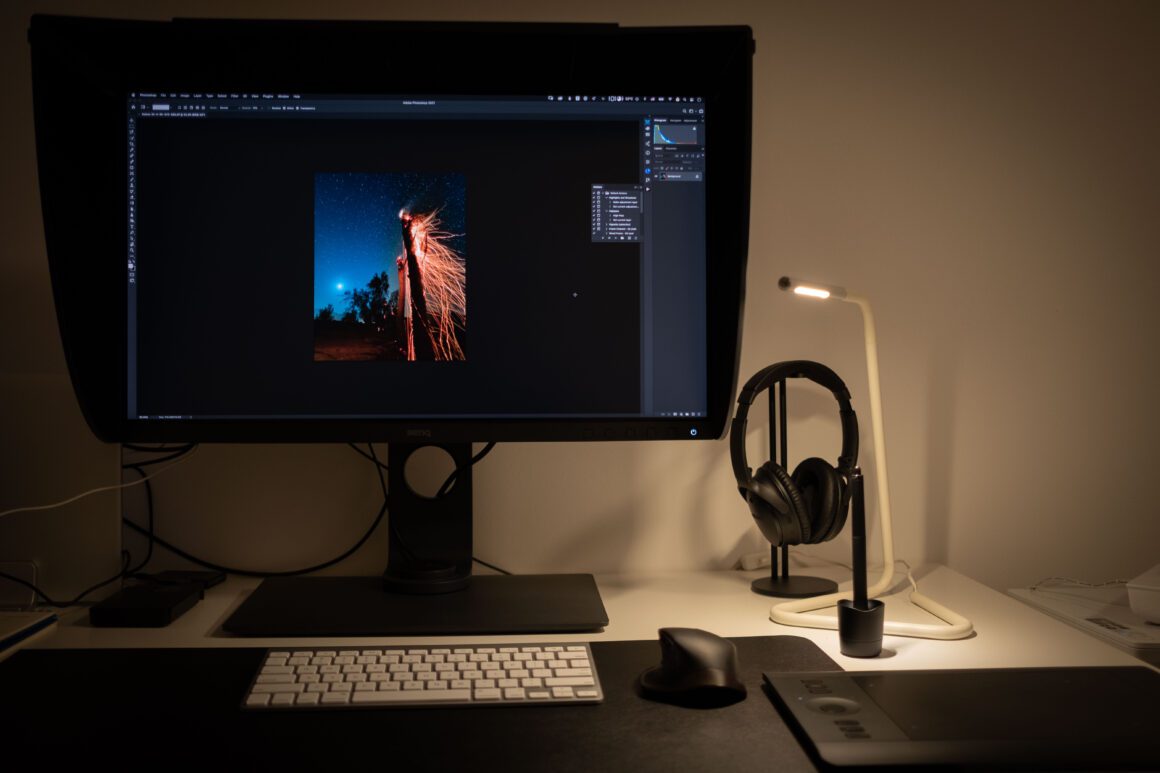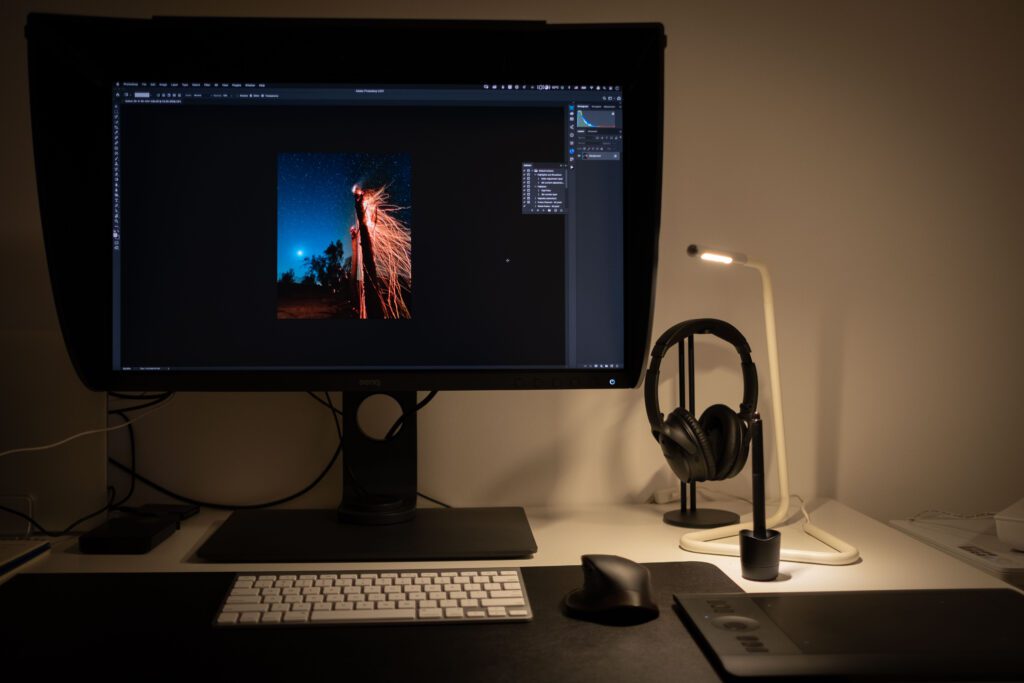
Mastering Photoshop? A Non-Comprehensive Guide for Photographers!
Photoshop has always been a tool of great fascination and controversy among photographers. In this guide, we explore its complexity and provide some insight on how to navigate it.

Understanding Photoshop’s Complexity
Photoshop, an exceptional tool in the realm of digital photography, often sparks debates due to its vast and complex post-processing capabilities. Some purists argue that image retouching borders on inauthenticity, yet this was an integral part of traditional photography where developing an image was never optional.
Photoshop in Landscape Photography
In landscape photography, you deal with the wild, uncontrollable beauty of nature, demanding a keen eye for the central theme of your image. As you mature as a photographer, you learn to differentiate the amplifying elements from the distracting ones. While some can be managed in-camera, post-processing helps refine the rest, enhancing your image’s core while minimizing distractions.
Photoshop’s Evolution
Photoshop, however, wasn’t specifically created for photography. Over its 30-year evolution, it has gained a myriad of features, making it a colossal software. Like a grand toolbox with over a thousand items, you may never use most of its tools. And just like with a physical toolbox, you might discover more efficient tools over time.
The Multipurpose Nature of Photoshop
Photoshop is not a photography-specific tool. Yet its numerous capabilities allow multiple ways to accomplish a task. For instance, the dodge/burn process can be executed in numerous ways – from using the straightforward Photoshop dodge and burn tool to the multi-level process involving various layers and blending methods.
The Role of Adobe Updates
After a period of using Photoshop, you may discover a more efficient way to accomplish a task. This is normal. Even Adobe’s updates may prompt a change in your process. However, the plethora of options could lead to confusion if not approached correctly. So, how do you avoid this?
Define Your Post-Processing Objective
The primary step is defining your post-processing objective. Essentially, you aim to highlight your subject while minimizing distractions. Write this down, particularly for complex processes. Each step should either emphasize the main subject or remove a distraction.
Key Takeaways
Photoshop’s diversity may seem daunting, but if you become proficient with just five tools, that might be enough. Trust your instincts and the process. Over time, you’ll choose the tools that suit your style. Dismissing options based on generalized recommendations could limit your creativity.
FAQs
Q: Is Photoshop a photography-specific tool?
A: No, Photoshop is a multi-purpose tool developed for various graphical uses. However, it is widely used in the photography field for post-processing tasks.
Q: What is the primary objective of post-processing in Photoshop?
A: The main aim of post-processing is to highlight the subject of your image while reducing distractions.




